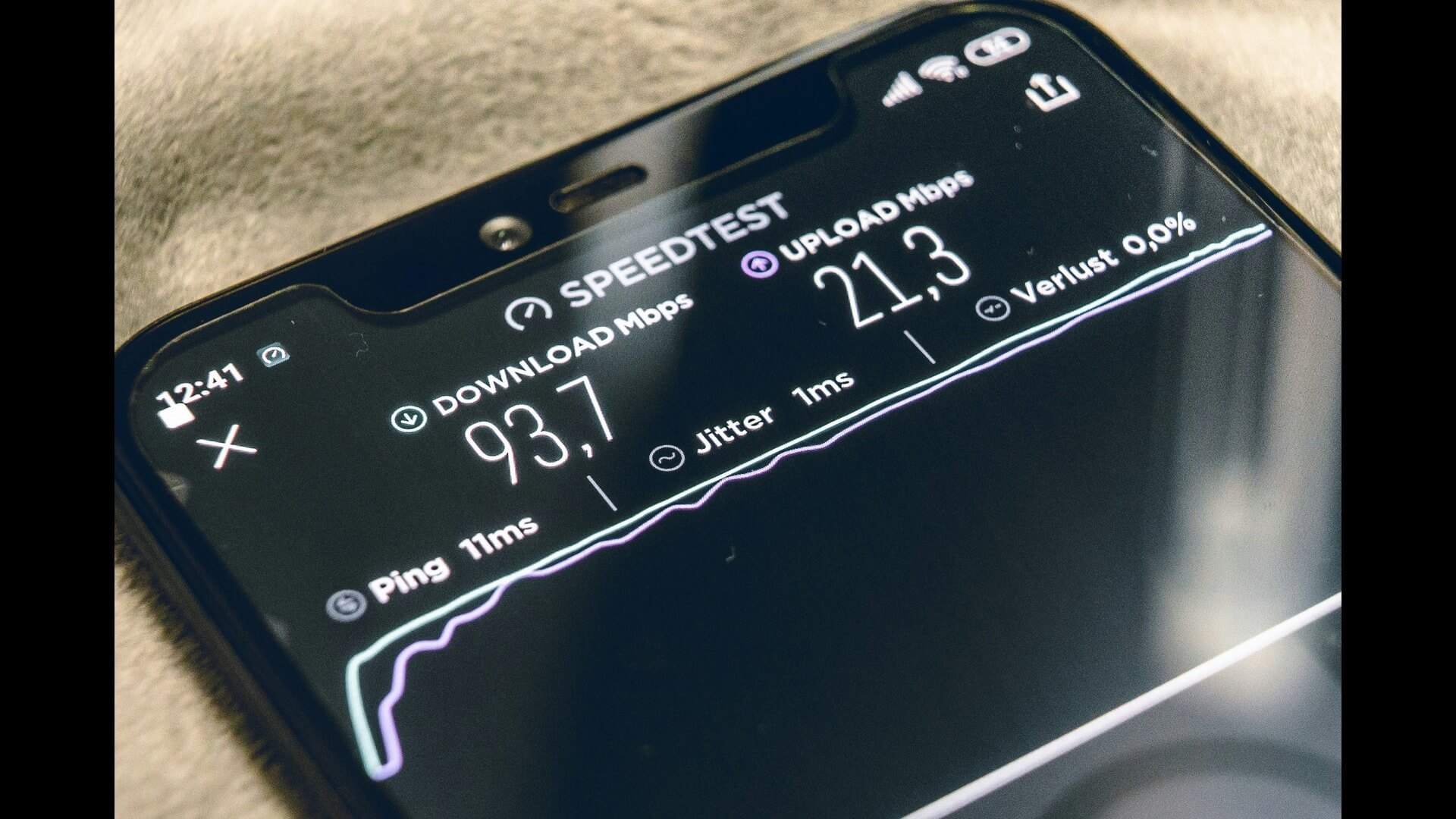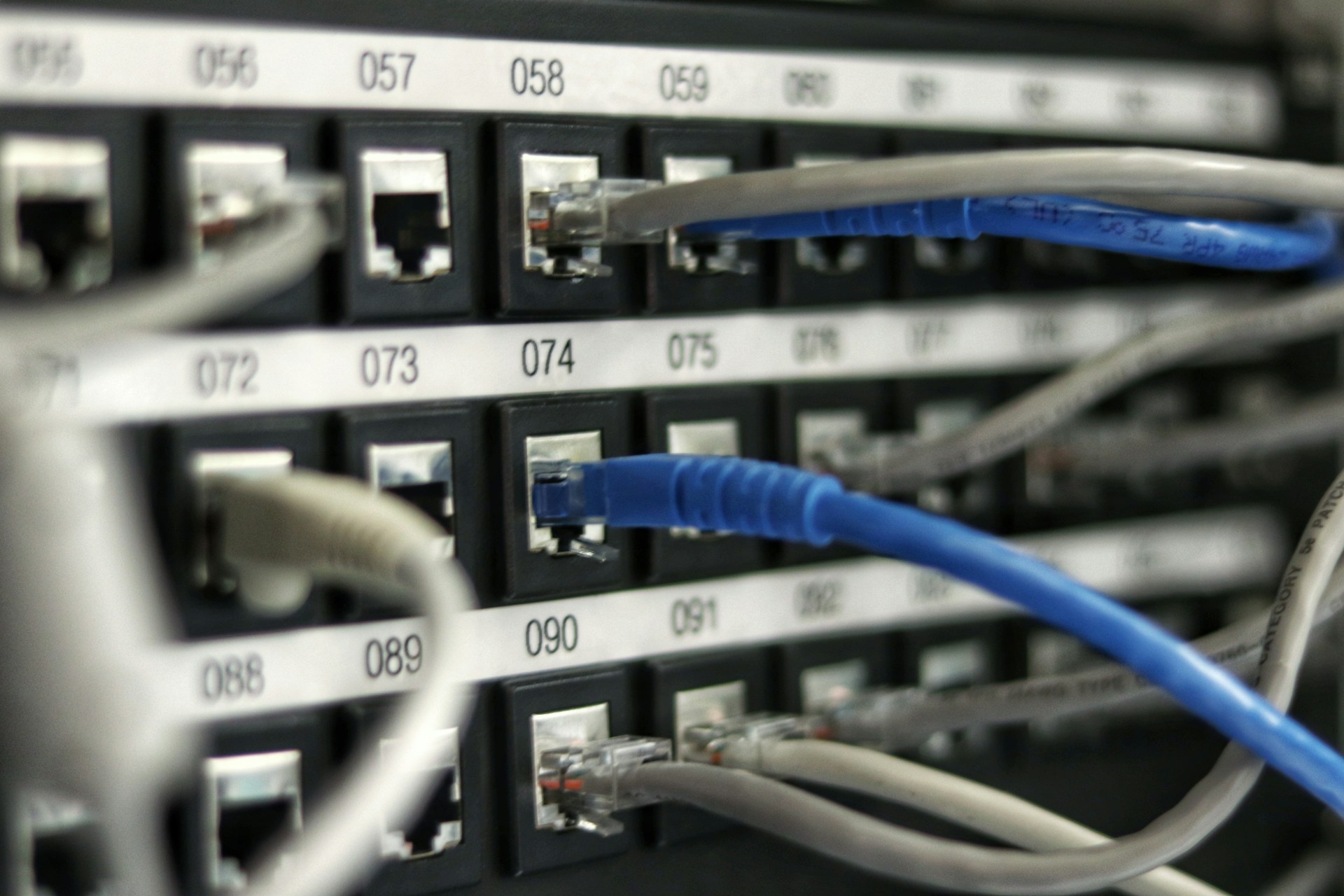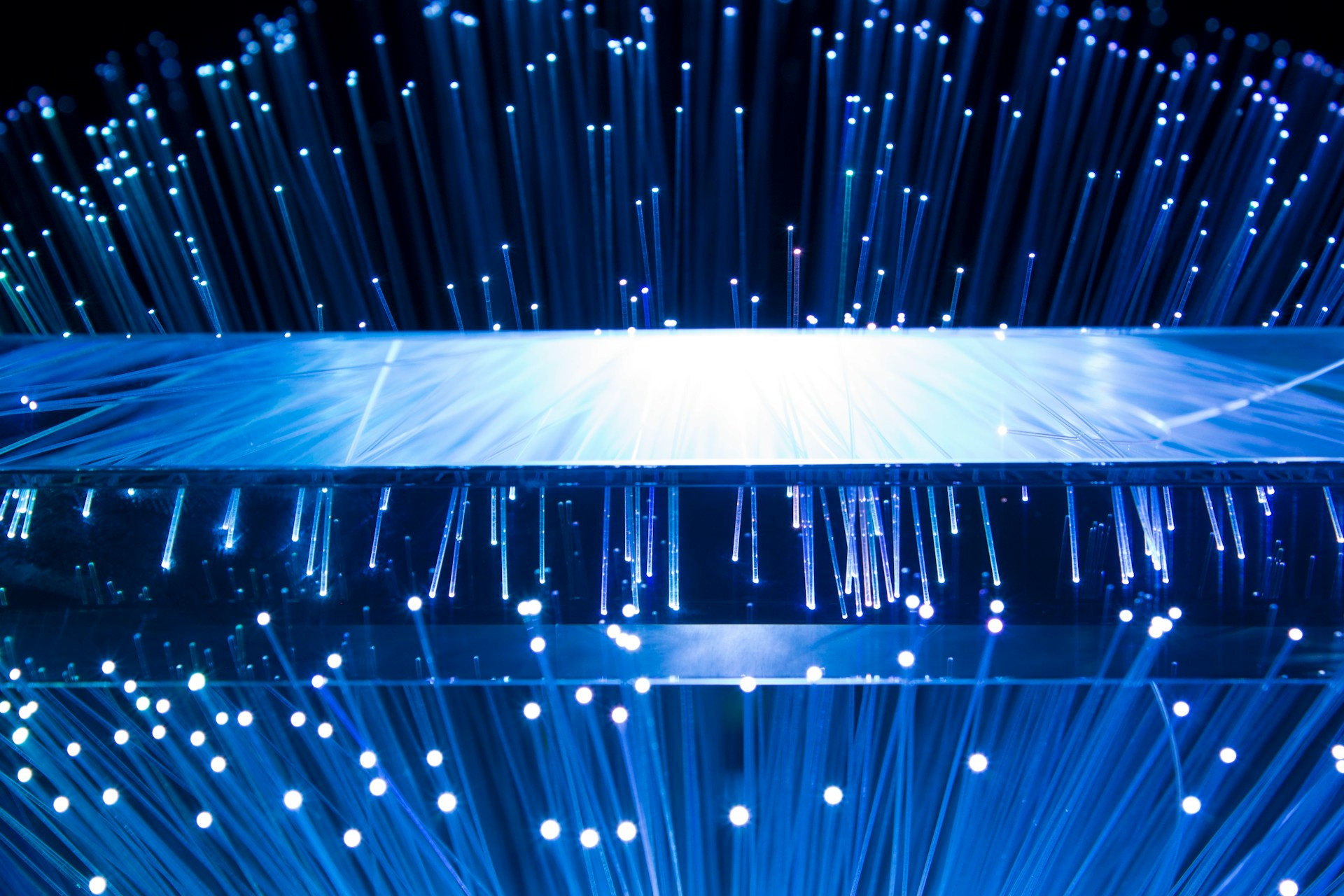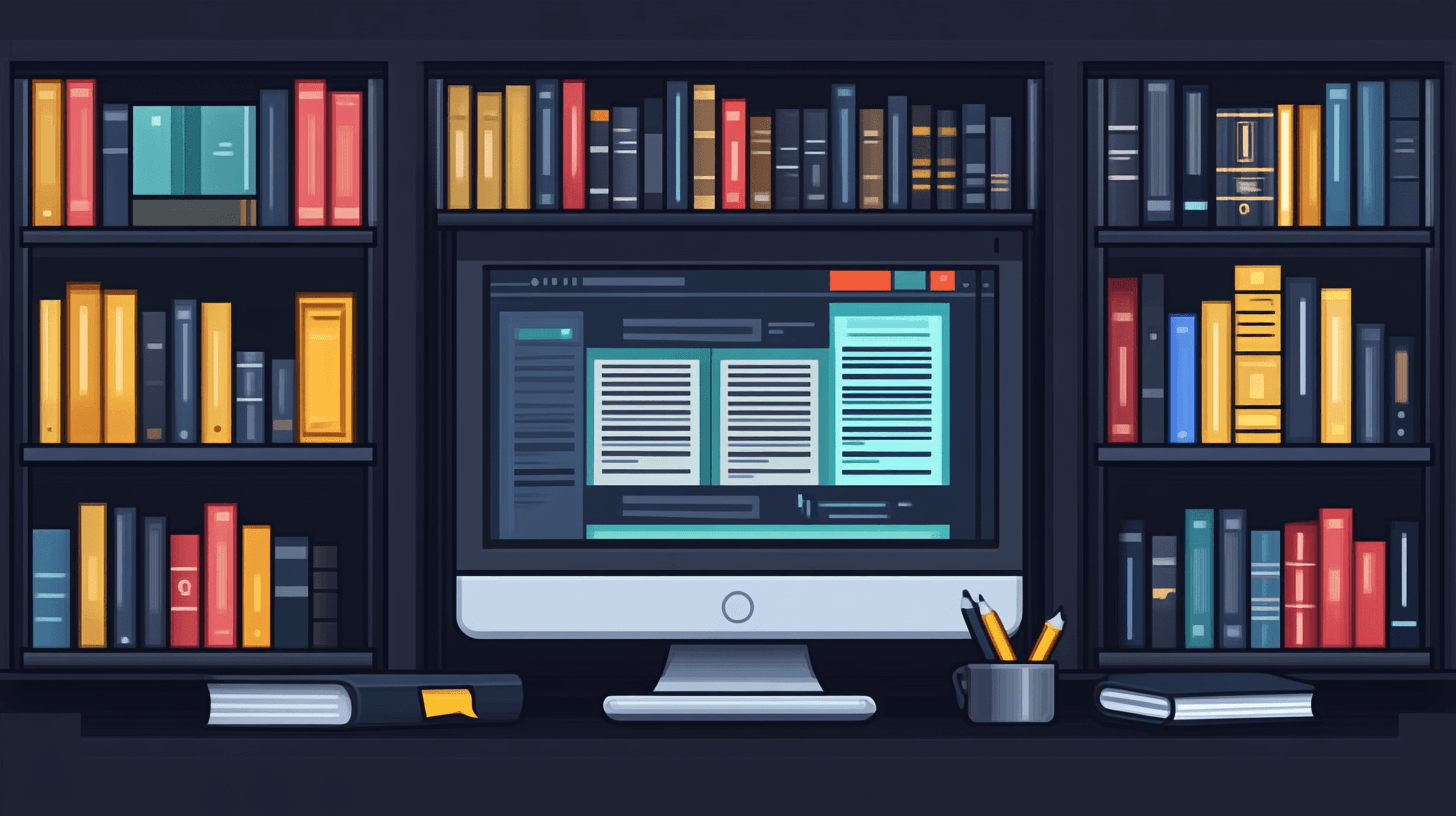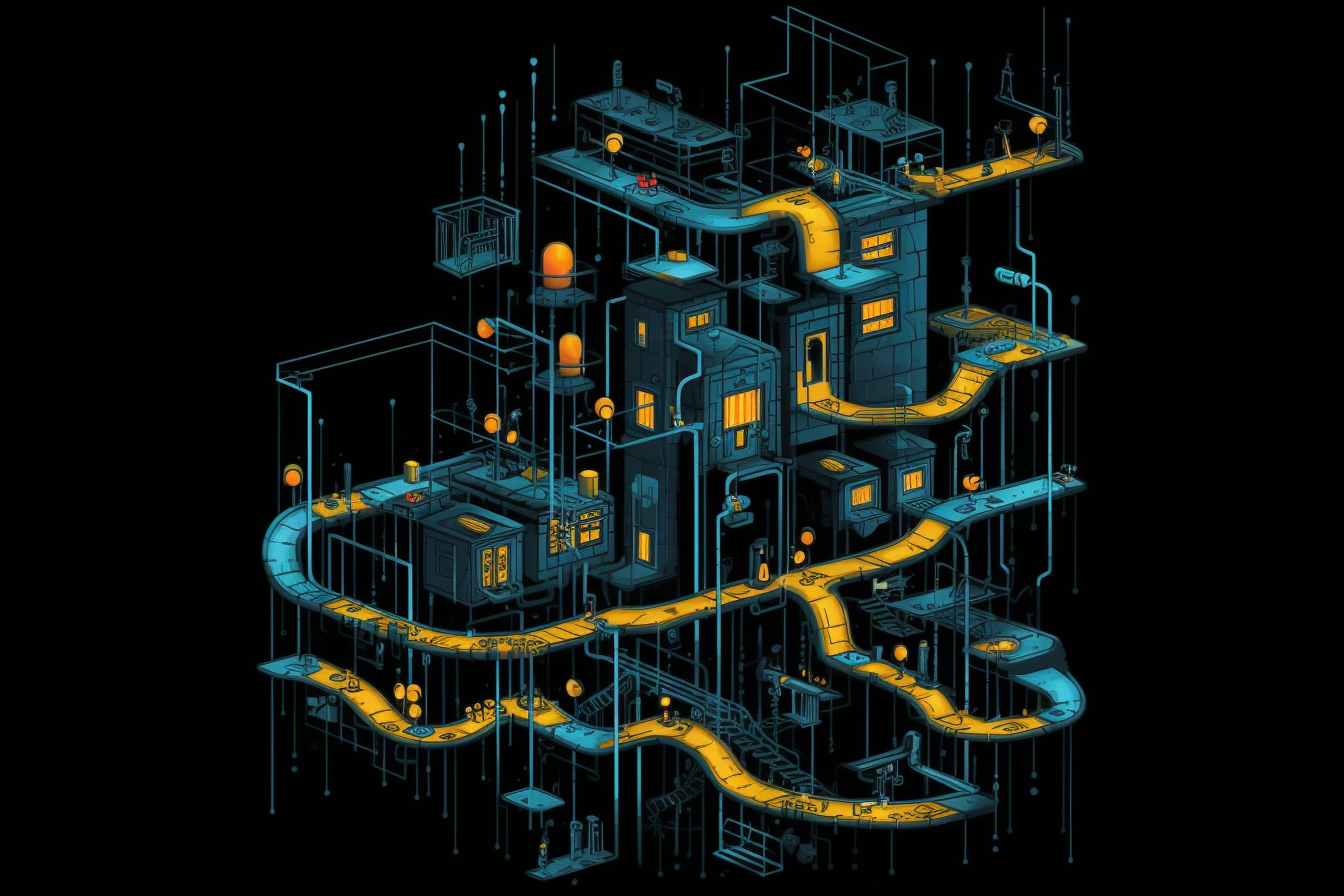
6 Fundamental IoT Components
December 6, 2022 - Ellie Gabel
Revolutionized is reader-supported. When you buy through links on our site, we may earn an affiliate commission. Learn more here.
Today’s ability to log into a bank account and make a deposit from a smartphone is something many people take for granted. After all, there was once a time when people drove to the bank and deposited checks with a clerk.
Most individuals quickly forget life without the Internet of Things (IoT). Without IoT connectivity, checking your bank account balance required calling the bank. It also meant paying more for long-distance phone calls, reading the newspaper for the latest headlines and traveling with printed folding maps.
Despite comprising a complex system of interconnected technologies, IoT has infused the utmost convenience and ease into everyday life.
Today, IoT ecosystems are all around—from a simple network of smart home devices to a sophisticated, broad stream of platforms that construct intelligent city infrastructures and optimize data security.
Several IoT components are essential to creating the most intricate interconnected web of modern technology. However, not all parts are necessary at once—ultimately, it depends on the complexity of the IoT system. Here are six of the most fundamental IoT components.
1. IoT Devices
Forecasts predict an estimated 29 billion connected devices by 2030 from 9.7 billion in 2020, driven by smart building growth and an increase in new devices, applications and automation.
Currently, 43.8% of households have smart devices installed—expected to reach 62.7% by 2026.
Physical devices—sensors and actuators—are IoT components that enable interaction with the environment. Sensors garner information about what’s occurring within a specific area, such as motion, temperature and occupancy and turn it into digital data.
Actuators use the data collected from sensors to act on command. For instance, the latest smart thermostats can sense when rooms are too hot or too cold, automatically adjusting the indoor temperature for comfort and energy efficiency.
Motion-sensor lights also flip on when they detect movement—ensuring greater safety and security.
2. Network
IoT communication relies on the network to connect devices to the cloud and gateway.
Smart wearable technology, such as fitness trackers, earbuds, bracelets and virtual reality headsets, promotes healthy behavioral changes through self-monitoring and goal-setting modalities.
When smart fitness bracelets register one’s heart rate, it waits for a Bluetooth network connection to transfer the data to a smartphone. The data then gets stored in an app that syncs with the cloud servers.
In another real-life example, the network enables supply chain optimization in the industrial and logistics fields by cataloging, transferring and storing shipment, routing and inventory data for enhanced quality control and management.
Current networks use 4G, which delivers speeds of 100 megabits per second. However, 5G is already rolling out with a much faster network, reaching 10 gigabits per second—five times faster than 4G.
3. Security
IoT security is critical for protecting data from leaks and malicious cyber attacks. Most personal-use devices use a simple password or fingerprint authentication. Meanwhile, broader IoT network security is far more advanced.
Yet, IoT security remains a top concern as data breaches have grown all too common, leaving businesses and individuals more vulnerable than ever before.
In 2021, companies reported a 50% increase in attempted cyber attacks from 2020—about 925 weekly attempts per organization.
Unfortunately, about 93% of external cyber attacks successfully breach organizational networks, accessing sensitive information within internal IoT systems.
The Federal Bureau of Investigation (FBI) warned in a May 2022 report that there was a 65% increase in global losses from July 2019 to December 2021. In the U.S., domestic and international money stolen through phishing attacks and illegal transfers amounted to $43.31 billion last year.
The IoT security market is rising rapidly as the interconnectedness of IoT becomes increasingly complex and susceptible to breaches. Economists forecast a 20.7% global IoT security market expansion by 2027—from about $13.8 billion in 2021 to over $42.6 billion.
4. Gateway
The gateway is just as it sounds—a device that grants network passage of data streams from sensors to the cloud and back.
Users may have a router at home that enables them to connect to the internet with computers and other smart devices—gateways are much like routers, just slightly more complicated.
In addition to routing inbound and outbound traffic, gateways process information—copying, translating and populating data—to reduce the file size sent to the cloud. This maximizes transport speeds over the network.
5. The Cloud
The cloud is an online remote storage system in which data is transferred, managed and easily accessible to users. Some cloud services charge users a monthly data storage fee.
Cloud computing comprises sophisticated analytics and visualization mechanisms, machine learning capabilities and Big Data algorithms.
Whether storing documents or media files, the cloud collects the data and grants access across multiple devices. For example, if a worker saves a file to a cloud system, they can later access it from their home computer or smartphone device as long as they have an internet connection.
Cloud computing has changed how businesses operate, improving productivity and collaboration among users and securing sensitive data in an emergency. Most companies also benefit from cloud insights, enabling them to analyze large data sets and uncover patterns and trends to help boost their business practices.
6. Application
According to a recent survey, users spend four hours and 48 minutes on their smartphones, increasing 30% since 2019. What’s more, there were a record 218 billion mobile app downloads in 2020.
Applications are simply user interfaces that deliver remote control management of IoT devices. Suppose a homeowner couldn’t remember whether they locked up before they left their house. They could easily log into the corresponding app on their phone and lock up from wherever they are.
Users can also turn on or off their house alarms and lights, control their smart thermostats and manage their finances and health care remotely with the touch of a button.
The smartphone application market is expected to grow by 13.4% worldwide between 2022 and 2030. As technology advances in machine learning and artificial intelligence (AI), applications will become even more popular and in demand than they currently are.
Users Are Also a Critical IoT Component
Businesses alone have increased IoT technologies’ usage from 12% to 25% between 2014 and 2022. Without users connecting their smart devices and utilizing cloud computing and analytics, the IoT ecosystem wouldn’t be what it is today or in the future.
Now that you understand more about the IoT and IoT components, what kinds of projects or quality-of-life enhancements are you going to build with them?
Revolutionized is reader-supported. When you buy through links on our site, we may earn an affiliate commission. Learn more here.
Author
Ellie Gabel
Ellie Gabel is a science writer specializing in astronomy and environmental science and is the Associate Editor of Revolutionized. Ellie's love of science stems from reading Richard Dawkins books and her favorite science magazines as a child, where she fell in love with the experiments included in each edition.


